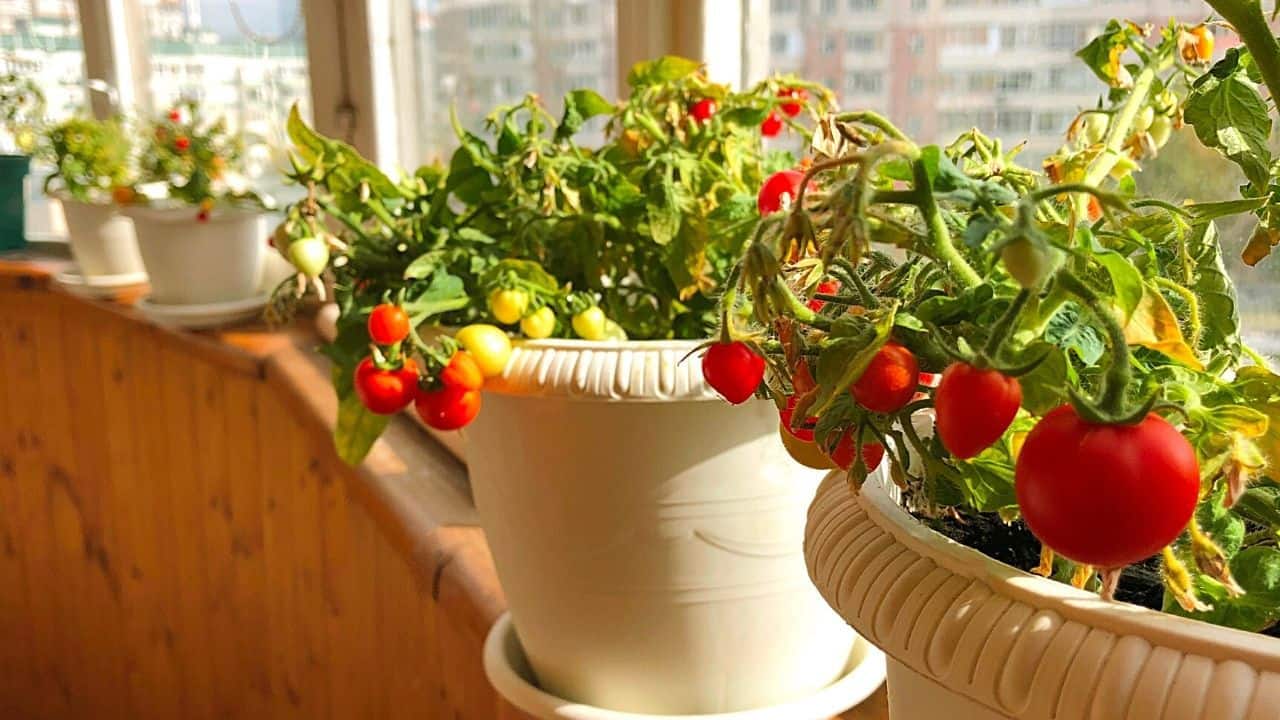

Articles
How To Grow Tomatoes On Balcony
Modified: January 6, 2024
Learn how to grow tomatoes on your balcony with our informative articles. Discover tips and tricks for a successful harvest.
(Many of the links in this article redirect to a specific reviewed product. Your purchase of these products through affiliate links helps to generate commission for Storables.com, at no extra cost. Learn more)
Introduction
Welcome to the world of balcony gardening, where even the smallest spaces can be transformed into flourishing green havens. If you have a balcony and a desire to grow your own fresh, juicy tomatoes, you’ve come to the right place. In this article, we will guide you through the process of growing tomatoes on your balcony, from selecting the right tomato varieties to harvesting the delicious fruits.
One of the great advantages of growing tomatoes on your balcony is that you can enjoy homegrown produce even if you don’t have a large garden or access to a plot of land. Tomatoes are versatile plants that can thrive in containers, making them a perfect choice for balcony gardening. Plus, there’s nothing quite like the satisfaction of biting into a ripe, juicy tomato that you’ve nurtured and grown yourself.
Before we dive into the details of growing tomatoes on your balcony, it’s important to understand that tomatoes require certain conditions to thrive. They need plenty of sunlight, well-draining soil, and regular watering. With the right planning and care, you can create an ideal environment for your tomato plants.
In the following sections, we will explore how to choose the right tomato varieties for balcony gardening, select suitable containers, prepare the balcony for tomato plants, optimize soil fertility, plant seedlings, provide proper watering and irrigation, ensure adequate sunlight and temperature, prune and train tomato plants, protect against pests and diseases, and finally, harvest and enjoy the fruits of your labor.
So, get ready to embark on a tomato-growing adventure right on your balcony. Get your gardening tools ready, roll up your sleeves, and let’s dive in!
Key Takeaways:
- Transform your balcony into a thriving tomato garden with the right varieties, containers, and care. Enjoy the satisfaction of nurturing your own homegrown produce and savor the incredible flavor of fresh tomatoes.
- Embrace the joy of balcony gardening as you grow, harvest, and enjoy delicious tomatoes. From selecting the perfect varieties to relishing the fruits of your labor, let your balcony become a green haven of homegrown goodness.
Read more: How To Grow Tomatoes Seeds
Choosing the Right Tomato Varieties
When it comes to growing tomatoes on your balcony, selecting the right tomato varieties is crucial. With numerous options available, it’s important to choose varieties that are suitable for container gardening and have a compact growth habit.
Determinant Varieties: These are the perfect choices for balcony gardening as they have a predetermined height and tend to be compact. Determinant varieties stop growing once they reach a certain size, making them easier to manage in a confined space. Some popular determinant varieties for balcony gardening include ‘Patio’, ‘Tiny Tim’, and ‘Bush Early Girl’.
Indeterminate Varieties: While indeterminate varieties can grow quite tall and require staking or trellising, they can still be grown on a balcony as long as proper support is provided. These varieties continue to grow and produce fruits throughout the season. Some popular indeterminate varieties suitable for container gardening include ‘Sweet Million’, ‘Cherry Falls’, and ‘Carmello’.
Hybrid Varieties: Hybrid tomatoes are created by cross-pollination to produce desirable traits like disease resistance, high yield, and uniform fruit size. Many hybrid varieties are well-suited for balcony gardening due to their compact growth habit. Look for hybrid varieties such as ‘Celebrity’, ‘Mountain Magic’, and ‘Tumbling Tom’.
Dwarf Varieties: If you have very limited space on your balcony, consider growing dwarf varieties of tomatoes. These plants have a compact growth habit and are perfect for small containers. ‘Micro Tom’, ‘Florida Basket’, and ‘Red Robin’ are popular choices for those interested in dwarf tomato varieties.
When selecting tomato varieties, consider your preference for flavor, fruit size, and purpose. Some varieties are known for their sweetness, while others are better for cooking or making sauces. Consider the size of your balcony and the amount of sunlight it receives when choosing the right varieties.
The best way to determine which tomato varieties will work well on your balcony is to do some research and read reviews from other balcony gardeners. Take into account factors such as disease resistance, flavor profile, and growth habit.
Remember, whether you choose determinant, indeterminate, hybrid, or dwarf varieties, the key is to select tomato plants that fit the constraints of your balcony space and can thrive in containers. By choosing the right varieties, you’ll set yourself up for a successful tomato-growing experience on your balcony.
Selecting Containers for Tomato Growing
When it comes to growing tomatoes on your balcony, choosing the right container is essential for the success of your plants. The container you select will determine the amount of space available for root growth, the ease of maintaining proper moisture levels, and the overall health of your tomato plants.
Here are some factors to consider when selecting containers for tomato growing:
- Size: Tomato plants have deep root systems, so choose containers that are at least 18-24 inches deep to allow for adequate root growth. The width of the container should be around 12-18 inches to provide enough space for the plant to spread out.
- Material: The material of the container can impact the temperature and moisture levels. Terracotta or clay pots are popular choices as they provide good insulation and allow for evaporation, preventing waterlogging. Plastic containers are lightweight and easy to move, but they may retain more moisture, so proper drainage holes are crucial.
- Drainage: Ensure that the containers have adequate drainage holes to prevent water from accumulating at the bottom. Excess moisture can lead to root rot and other issues. Elevating the containers with pot feet or bricks can also help improve drainage.
- Support: Consider the growth habit of your selected tomato variety and plan for support structures if needed. Indeterminate varieties may require stakes, trellises, or cages to support the plants as they grow taller.
- Quantity: Depending on the available space on your balcony and the number of tomato plants you plan to grow, determine the number of containers you need. Ensure that there is enough space between the containers to allow for air circulation and access to sunlight.
- Vertical Gardening: If space is limited, consider vertical gardening techniques such as using hanging baskets or utilizing a vertical trellis system. This allows for maximizing the use of vertical space on your balcony.
Remember to clean and sterilize containers before planting to minimize the risk of disease transmission. Use a mixture of one part bleach to nine parts water and scrub the containers thoroughly. Rinse them well to remove any residue.
Containers provide flexibility in terms of mobility, allowing you to move the plants around to optimize sunlight exposure and protection from extreme weather conditions. They also offer better control over soil quality and moisture levels compared to in-ground gardening.
By selecting the right containers for tomato growing, you’ll provide an ideal environment for your plants to thrive on your balcony. Take into account the size, material, drainage, support requirements, and quantity needed to ensure healthy and bountiful tomato crops.
Preparing the Balcony for Tomato Plants
Before you start growing tomatoes on your balcony, it’s important to prepare the space to ensure the optimal conditions for your plants’ growth and success. Here are some steps to follow to prepare your balcony for tomato plants:
- Clean and Clear: Begin by clearing any debris, clutter, or obstacles from your balcony. Remove any old pots, dead plants, or unnecessary items that may hinder airflow or harbor pests and diseases. Give the balcony a good sweep or wash to create a clean and fresh space for your tomato plants.
- Assess Sunlight: Determine the amount of sunlight your balcony receives throughout the day. Tomatoes require at least 6-8 hours of direct sunlight daily to thrive and produce a bountiful harvest. Observe the balcony at different times of the day to identify the sunniest spots. This will help you determine where to place your tomato containers for maximum sunlight exposure.
- Check Wind Exposure: Consider the wind exposure on your balcony. Strong winds can damage or break tomato plants, especially those with delicate stems or branches. If your balcony is prone to strong wind, consider using windbreaks or creating a sheltered area using trellises or screens. This will protect your tomato plants from wind damage while still allowing for proper airflow.
- Ensure Safety: Safety should always be a priority. Make sure your balcony is structurally sound and can support the weight of the containers, especially if you plan to grow multiple tomato plants. Check for loose railings, cracks, or any other potential hazards. If needed, consult with professionals or your building management to ensure the safety of your balcony gardening endeavors.
- Create Vertical Space: If you have limited floor space on your balcony, consider utilizing the vertical space by adding shelves, hanging baskets, or wall-mounted planters. This will allow you to maximize the number of tomato plants you can grow and make efficient use of the available space.
- Consider Microclimates: Balconies can create microclimates due to factors such as surrounding buildings, nearby trees, or the positioning of your balcony itself. Observe any variations in temperature, shade, or exposure to sunlight across your balcony space. This will help you strategically place your tomato plants to optimize their growing conditions.
- Protect from Pests: Take preemptive measures to prevent pests from invading your tomato plants. Consider installing wire mesh or netting around your balcony to keep out birds, squirrels, and other animals that may be tempted by your tomato harvest. Additionally, inspect the balcony for any potential entry points for pests and seal them accordingly.
By following these steps and preparing your balcony prior to planting tomatoes, you set the stage for a successful growing season. A clean, well-organized, and strategically planned balcony will provide the optimal environment for your tomato plants to thrive and yield delicious, homegrown tomatoes.
Soil Preparation and Fertilization
The quality of the soil plays a vital role in the growth and productivity of your tomato plants. Before planting, it’s essential to prepare the soil on your balcony to ensure it provides the necessary nutrients, good drainage, and proper moisture retention for your tomato plants. Here are some steps to follow for soil preparation and fertilization:
- Testing Soil pH: Start by testing the pH level of your balcony soil. Tomatoes prefer a slightly acidic pH range of 6.0 to 6.8. You can purchase a soil testing kit from a garden center or use a digital pH meter to determine the pH level. If the pH is too low or high, you can adjust it by adding amendments such as lime to raise the pH or sulfur to lower it.
- Improving Drainage: Ensure that your soil has good drainage to prevent waterlogged conditions, which can lead to root rot. If your soil retains too much water, you can amend it by adding perlite, vermiculite, or coarse sand to improve drainage. Mix these amendments thoroughly with the soil before planting.
- Add Organic Matter: Incorporate organic matter into the soil to improve its texture and fertility. Compost, well-rotted manure, or aged leaf mold are excellent choices for adding organic matter. Spread a layer of organic matter over the soil surface and gently work it into the top few inches. This will increase the soil’s ability to retain moisture and nutrients and promote beneficial microbial activity.
- Provide Nutrients: Tomatoes are heavy feeders and require a steady supply of nutrients for optimal growth and fruit production. Before planting, enrich the soil with a balanced, slow-release organic fertilizer or a specific tomato fertilizer. Follow the recommended application rates provided on the fertilizer packaging to avoid over-fertilization, which can harm the plants.
- Mulch: Apply a layer of organic mulch, such as straw, shredded leaves, or wood chips, around the base of your tomato plants. Mulch helps conserve soil moisture, suppress weeds, and regulate soil temperature. It also gradually breaks down, adding organic matter to the soil and enhancing its fertility over time.
- Regular Feeding: Throughout the growing season, continue to provide nutrients to your tomato plants through regular fertilization. This can be done by applying a liquid fertilizer specifically formulated for tomatoes or by side-dressing with compost or aged manure. Follow the instructions provided on the fertilizer packaging for the correct application rates and frequency.
Remember to water your tomato plants adequately after fertilization to help the nutrients reach the root zone. Proper watering practices, such as deep, consistent watering rather than frequent shallow watering, will help prevent nutrient leaching and ensure the effective absorption of fertilizers.
By preparing the soil and providing essential nutrients, you are giving your tomato plants a strong foundation for healthy growth and robust fruiting. Regular monitoring of soil moisture levels and adjusting fertilization as needed will help ensure the success of your balcony tomato garden.
Read more: How To Grow Herbs On Balcony
Planting the Tomato Seedlings
After preparing the soil and ensuring optimal conditions on your balcony, it’s time to plant your tomato seedlings. Proper planting techniques will help establish strong and healthy plants. Here are some steps to follow when planting tomato seedlings:
- Timing: Choose the right time to plant your tomato seedlings. Depending on your climate and the specific tomato varieties you’re growing, it’s best to wait until all danger of frost has passed. Transplant the seedlings outdoors when the soil temperature consistently reaches around 60°F (15°C).
- Preparation: Dig a hole in the soil that is deep enough to accommodate the root ball of the seedling. Gently loosen the roots to encourage their growth and prevent them from becoming root-bound. If the seedlings are growing in peat pots or plastic containers, remove the bottom of the pot or make slits in the sides to prevent root congestion.
- Planting Depth: Plant the tomato seedlings deeply, burying them up to the first set of true leaves (the leaves that appear after the seed leaves). By burying part of the stem, the plant will develop additional roots, which will make it sturdier and more productive.
- Spacing: Ensure adequate spacing between the tomato seedlings to allow for proper air circulation and growth. Indeterminate varieties require more space than determinant varieties. Leave at least 18-24 inches (45-60 cm) between each plant to prevent overcrowding.
- Filling and Firming: Gently backfill the hole with the prepared soil, ensuring that the seedling is firmly in place. Lightly press the soil around the base of the plant to eliminate any air pockets. Take care not to compact the soil too much, as this can restrict root growth and drainage.
- Watering: After planting, water the seedlings thoroughly to settle the soil and provide initial moisture. Ensure that the soil is evenly moist around the root zone. Avoid overhead watering, as it can lead to fungal diseases. Instead, water at the base of the plants to minimize wetting the leaves.
- Staking or Trellising: If you’re growing indeterminate tomato varieties, it’s essential to provide support for the plants as they grow. Install stakes, trellises, or cages near the seedlings at the time of planting to avoid root disturbance later. This will help keep the plants upright, protect them from wind damage, and make harvesting easier.
After planting, continue to monitor the soil moisture levels and water as needed. Avoid overwatering, as it can lead to root rot and other problems. Aim for consistently moist soil, but not waterlogged conditions.
By following these steps and giving your tomato seedlings a proper start, you’re setting the stage for healthy and productive plants on your balcony. With care and attention, your tomato seedlings will grow into robust, fruit-bearing plants that will reward you with a bountiful harvest.
Choose a sunny spot on your balcony for your tomato plants, and make sure they have a large enough container for their roots to grow. Use a good quality potting mix and water regularly to keep the soil consistently moist.
Watering and Irrigation Techniques
Proper watering is crucial for the health and productivity of your tomato plants. Balcony gardening often presents unique challenges, such as limited space and fluctuating weather conditions, which can affect water retention in the soil. Here are some watering and irrigation techniques to ensure your tomato plants receive the moisture they need:
- Water Consistently: Tomatoes require consistent moisture throughout their growing season. It’s best to establish a regular watering schedule rather than relying on sporadic watering. Aim to water your tomato plants deeply, providing enough moisture to penetrate the root zone. This encourages the growth of deep, well-established roots.
- Check Soil Moisture: Before watering, check the soil moisture levels with your finger or a moisture meter. Tomato plants prefer evenly moist soil, so avoid allowing the soil to completely dry out, as this can lead to stress and affect fruit production. However, overwatering can cause root rot and other issues, so make sure the soil is not overly saturated.
- Water at the Base: When watering, direct the water at the base of the plants rather than overhead. This helps prevent common fungal diseases, such as blight, and reduces the risk of splashing soil onto the leaves. Use a watering can or a soaker hose to ensure a slow and steady flow of water directly into the root zone.
- Mulch to Retain Moisture: Apply a layer of organic mulch, such as straw or wood chips, around the base of your tomato plants. Mulching helps retain moisture in the soil, reduces evaporation, and suppresses weed growth. It also helps regulate soil temperature, keeping the roots cool during hot weather.
- Monitor Weather and Adjust Watering: Pay attention to the weather conditions, as they can affect the watering needs of your tomato plants. During hot and dry periods, you may need to increase the frequency and duration of watering. Conversely, during cooler and rainy periods, you may need to reduce watering to prevent waterlogged conditions.
- Use Self-Watering Containers or Systems: Consider using self-watering containers or irrigation systems specifically designed for balcony gardening. These systems provide a consistent supply of water to the plants, reducing the risk of over or under watering. Self-watering containers have a reservoir at the bottom that allows the plants to take up water as needed.
- Avoid Water Stress: Be mindful of water stress signs in your tomato plants. If the leaves start to wilt, it may indicate that the plants are not receiving enough water. However, if the leaves are consistently drooping even after watering, it may indicate overwatering or root issues. Adjust your watering routine accordingly.
Remember, watering needs can vary depending on various factors, including the size of the containers, weather conditions, and the growth stage of your tomato plants. Regular monitoring of soil moisture and observing the overall health of the plants will help you fine-tune your watering practices.
By implementing these watering and irrigation techniques, you’ll ensure that your tomato plants receive the right amount of moisture to thrive on your balcony. Consistent watering practices will encourage healthy growth, improve fruit development, and maximize your tomato harvest.
Providing Adequate Sunlight and Temperature
Adequate sunlight and optimal temperature are essential for the successful growth and development of your balcony tomato plants. Here’s what you need to know about providing the right conditions:
- Sunlight Requirements: Tomatoes thrive in full sunlight, so choose a location on your balcony that receives at least 6-8 hours of direct sunlight per day. Observe the sunlight patterns on your balcony and consider any potential obstructions that may cast shade on your plants, such as nearby buildings or trees. Place your tomato containers in the sunniest spot possible to ensure maximum exposure.
- Using Reflective Surfaces: Enhance the sunlight exposure of your tomato plants by utilizing reflective surfaces on your balcony. Place white or light-colored materials, such as reflective films, aluminum foil, or white boards, near your plants to bounce sunlight onto the lower leaves and promote better photosynthesis. This can be especially helpful if your balcony is shaded during certain parts of the day.
- Temperature Considerations: Tomatoes are warm-season plants and thrive in temperatures between 70°F and 85°F (21°C to 29°C). However, they can tolerate slightly cooler or hotter temperatures for short periods. Ensure that the temperature on your balcony stays within this preferred range. If temperatures exceed 90°F (32°C), consider providing shade during the hottest part of the day to prevent heat stress.
- Microclimate Management: Balconies can create microclimates due to the surrounding structures and materials. Monitor temperature variations across different parts of your balcony and make adjustments if needed. Shielding your tomato plants from excessive wind or creating shade using umbrellas, shade cloths, or temporary structures can help regulate temperature and protect them from scorching heat or cool drafts.
- Cold Protection: During cool weather or in regions with short growing seasons, you may need to take measures to protect your tomato plants from cold temperatures. Covering them with frost blankets, cloches, or plastic sheets can shield them from chilly winds and frost. Ensure proper ventilation to prevent excess humidity and mold growth.
- Maximizing Warmth: Tomatoes love warmth, so it’s beneficial to boost the temperature around your plants, especially during cooler periods. Consider using heat-absorbing materials, such as dark-colored containers or brick walls, to soak up and radiate heat to your tomato plants. Additionally, grouping your containers closely together can create a microclimate that traps heat and provides better temperature stability.
By providing adequate sunlight and maintaining suitable temperatures for your balcony tomato plants, you’ll ensure their healthy growth, flowering, and fruit development. Keep a close eye on weather conditions, sunlight exposure, and temperature fluctuations to make any necessary adjustments and help your tomato plants thrive.
Pruning and Training Tomato Plants
Pruning and training your tomato plants on your balcony is essential for maintaining plant health, maximizing fruit production, and optimizing space. Proper pruning and training techniques help manage the plant’s growth, improve air circulation, and promote the formation of strong branches. Here are some tips to guide you:
- Determinate vs. Indeterminate: Understand the growth habit of your tomato variety. Determinate varieties tend to be more compact and require less pruning and training. Indeterminate varieties, on the other hand, continue to grow and produce fruit throughout the season, requiring more attention to pruning and support.
- Remove Suckers: Suckers are the small, leafy shoots that emerge in the leaf axils of tomato plants. Indeterminate varieties tend to produce more suckers than determinate varieties. It’s recommended to remove these suckers by pinching them off with your fingers or using clean gardening shears. Removing suckers directs the plant’s energy towards fruit production instead of excessive foliage growth.
- Support Systems: Install support systems for your tomato plants to keep them upright and prevent sprawling. Stakes, trellises, or cages are commonly used to provide support. Place the support structures when transplanting the seedlings or shortly thereafter to avoid damaging the roots later. As the plants grow, gently tie the main stem to the support structure using soft twine or plant ties.
- Pruning Technique: Focus on pruning the lower branches and leaves that come into contact with the soil. These can be a source of potential disease or pest issues. Maintain a clean, single stem by removing any branches below the first flower cluster. Regularly check for yellowing or diseased leaves and promptly remove them to prevent the spread of diseases.
- Thin Out Foliage: Proper air circulation is vital to prevent fungal diseases such as blight. Thin out dense foliage by selectively removing some of the non-essential branches and leaves. This will improve airflow around the plants and reduce the risk of disease. Be cautious not to remove too much foliage, as the leaves are needed for photosynthesis.
- Pruning Overgrown Plants: If your tomato plants become overgrown and start overtaking the balcony space, consider more aggressive pruning techniques. Cut back the main stem to a manageable height, allowing side shoots to take over as the new leaders. This will help control the size and promote a bushier growth habit.
- Regular Inspection and Maintenance: Monitor your tomato plants regularly to identify any signs of disease or pest infestation. Check for signs of wilting, yellowing leaves, spots, or unusual growth patterns. Promptly address any issues and take necessary measures such as applying organic pest control methods or removing affected parts of the plant.
Remember, the goal of pruning and training is to maintain the balance between foliage growth and fruit production, while also ensuring good airflow and minimizing disease risk. Pruning and training efforts may vary depending on the specific tomato variety, the available space, and your personal gardening preferences.
By employing proper pruning and training techniques, you’ll encourage healthy growth, improve fruit quality, and create a more manageable and visually appealing tomato garden on your balcony.
Read more: How To Grow Vegetables In Balcony
Pest and Disease Control Measures
Pests and diseases can pose significant challenges to growing tomatoes on your balcony. However, by implementing proactive control measures, you can protect your plants and ensure a healthy and bountiful harvest. Here are some effective pest and disease control measures:
- Monitor Regularly: Regularly inspect your tomato plants for any signs of pests or diseases. Look for chewed leaves, discolored spots, wilting, stunted growth, or the presence of insects. Early detection allows for prompt action and better control.
- Promote Biodiversity: Encourage beneficial insects and organisms that prey on pests by creating a diverse habitat on your balcony. Plant companion flowers such as marigolds, nasturtiums, or alyssum, which attract pollinators and natural predators such as ladybugs and lacewings.
- Practice Crop Rotation: If you are growing tomatoes in containers year after year, it’s important to rotate their location periodically. Tomato plants are susceptible to certain diseases that can accumulate in the soil over time. By rotating your crops, you reduce the risk of disease outbreaks.
- Practice Good Sanitation: Keep your balcony clean and tidy to minimize the potential for pest and disease infestations. Remove any fallen leaves or fruit from the ground and dispose of them properly. Prune and remove diseased or infested plant parts to prevent the spread of pathogens.
- Natural or Organic Pest Control: Consider using natural or organic pest control methods before resorting to chemical treatments. Options include insecticidal soaps, neem oil, diatomaceous earth, or homemade pest sprays using garlic, chili, or soap water. These methods are generally safe for humans, pets, and beneficial insects.
- Companion Planting: Utilize companion planting techniques to repel pests. For instance, planting basil or mint near your tomato plants can help deter pests like aphids or whiteflies. The strong aromatic scents of these companion plants can confuse or repel insect pests.
- Protect from Birds and Wildlife: Birds and other animals may be attracted to your balcony tomato plants and can cause damage by pecking at the fruits or knocking over the containers. Consider using netting, bird scare devices, or physical barriers to protect your plants.
- Preventive Sprays: Consider applying organic, preventive sprays to deter certain diseases. Copper sprays or baking soda solutions can help prevent fungal diseases like early blight or powdery mildew. Follow the recommended application rates and frequencies indicated on the product labels.
Remember, prevention is key when it comes to pest and disease control. Maintaining good sanitation practices, encouraging natural predators, and implementing preventive measures will help keep your tomato plants healthy and minimize the need for harsh chemical treatments.
By implementing these pest and disease control measures, you’ll protect your balcony tomato plants from potential threats and increase the chances of a successful growing season. With proper care and diligence, you can enjoy a plentiful harvest of homegrown, pest-free tomatoes.
Harvesting and Enjoying Homegrown Tomatoes
Congratulations! After all the hard work and care you’ve put into growing tomatoes on your balcony, it’s time to reap the fruits of your labor. Harvesting homegrown tomatoes at the peak of ripeness ensures the best flavor and texture. Here are some tips for harvesting and enjoying your homegrown tomatoes:
- Observing Ripeness: Tomatoes are ready to be harvested when they reach their mature color and firmness. Each tomato variety will have its own signs of ripeness, but generally, ripe tomatoes will exhibit vibrant colors, such as red, orange, or yellow, and the fruit will yield slightly to gentle pressure.
- Using Your Senses: Rely on your sense of sight, touch, and smell to determine if a tomato is ready to be harvested. Look for a rich, vibrant color and a firm yet slightly yielding texture. The tomato should also emit a pleasant aroma, indicating its readiness for picking.
- Harvesting Technique: Gently twist or snip the tomato stem, using sharp gardening scissors or pruners, to detach it from the plant. Avoid pulling or yanking the fruit, as this can damage the plant or cause the fruit to split. Leaving a short stem attached aids in maintaining the freshness and shelf life of the harvested tomatoes.
- Storing Tomatoes: If you’re not planning to use the tomatoes right away, there are various storage options. Leave them at room temperature for a few days to fully ripen. Once ripe, you can store them in a cool, dry place away from direct sunlight, or refrigerate them for longer shelf life. However, refrigeration can affect the texture and flavor, so it’s best to consume tomatoes fresh, if possible.
- Savoring the Flavor: Enjoy the incredible taste of your homegrown tomatoes in a variety of dishes. Use them as the star ingredient in salads, make homemade tomato sauce or salsa, add them to sandwiches and burgers, or simply savor them on their own with a sprinkle of salt and a drizzle of olive oil. Homegrown tomatoes have exceptional flavor that can truly elevate your culinary creations.
- Sharing the Bounty: If you find yourself with an abundance of ripe tomatoes, consider sharing them with friends, family, or neighbors. Homegrown tomatoes are always a welcome gift, and it’s a great way to spread the joy of homegrown produce.
- Saving Seeds: If you’re interested in growing tomatoes again in the future, consider saving seeds from your homegrown tomatoes. Select the seeds from the ripest and most flavorful fruits, dry them thoroughly, and store them in a cool, dry place for future use. This allows you to continue your tomato-growing journey with the same excellent traits.
Harvesting and enjoying your homegrown tomatoes is the ultimate reward for your dedication and green thumb. So, celebrate your success, share the bountiful harvest, and savor the amazing flavor of your balcony-grown tomatoes.
Remember, each tomato variety may have unique characteristics, so it’s important to follow specific guidelines for harvesting and storage. Enjoy the satisfaction of knowing that you’ve nurtured your tomatoes from seed to harvest, and embrace the delicious taste of your own homegrown produce.
Conclusion
Growing tomatoes on your balcony can be a rewarding and fulfilling endeavor. With proper planning, care, and attention to detail, you can transform even the smallest balcony into a thriving tomato garden. Whether you’re a seasoned gardener or a beginner, the process of nurturing your tomato plants from seedlings to bountiful harvest is a journey filled with learning, excitement, and the joy of growing your own food.
Throughout this article, we’ve explored various aspects of growing tomatoes on a balcony, from choosing the right tomato varieties to harvesting the fruits of your labor. Remember, selecting suitable containers, preparing the soil, providing adequate sunlight and temperature, and implementing proper watering, pruning, and pest control techniques are all key elements in ensuring the success of your balcony garden.
As you embark on your tomato-growing adventure, don’t forget to embrace the experience. Take the time to admire the lush foliage, observe the delicate blossoms, and celebrate each ripening tomato. Allow yourself to connect with nature and revel in the satisfaction of nurturing life.
And when the time comes to harvest your homegrown tomatoes, relish in the flavors and versatility they bring to your kitchen. From fresh salads to savory sauces, the possibilities are endless. Share the joy with your loved ones and spread the magic of homegrown produce. Remember, homemade food made from your own balcony tomatoes carries a special touch that can’t be replicated.
Whether you’re a city dweller with limited space or you simply prefer the convenience of balcony gardening, growing tomatoes on your balcony allows you to connect with nature, experience the wonders of gardening, and indulge in the incredible taste of homegrown tomatoes.
So, roll up your sleeves, gather your gardening tools, and let your balcony transform into a vibrant tomato garden. Nourish your plants with care, infuse them with love, and watch them grow and flourish. Enjoy the process, learn from the challenges, and relish the rewards that come with tending to your own slice of green paradise on your balcony.
Happy gardening and may your balcony be blessed with an abundant harvest of delicious, homegrown tomatoes!
Frequently Asked Questions about How To Grow Tomatoes On Balcony
Was this page helpful?
At Storables.com, we guarantee accurate and reliable information. Our content, validated by Expert Board Contributors, is crafted following stringent Editorial Policies. We're committed to providing you with well-researched, expert-backed insights for all your informational needs.
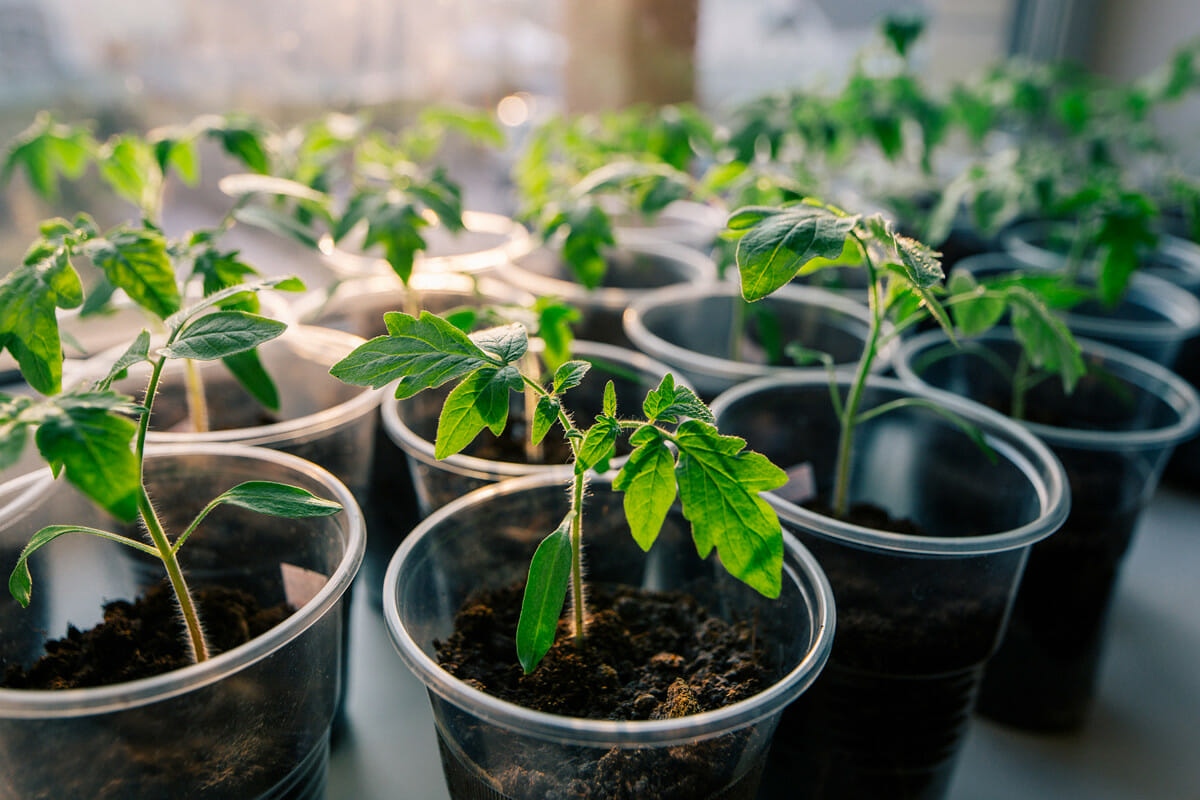
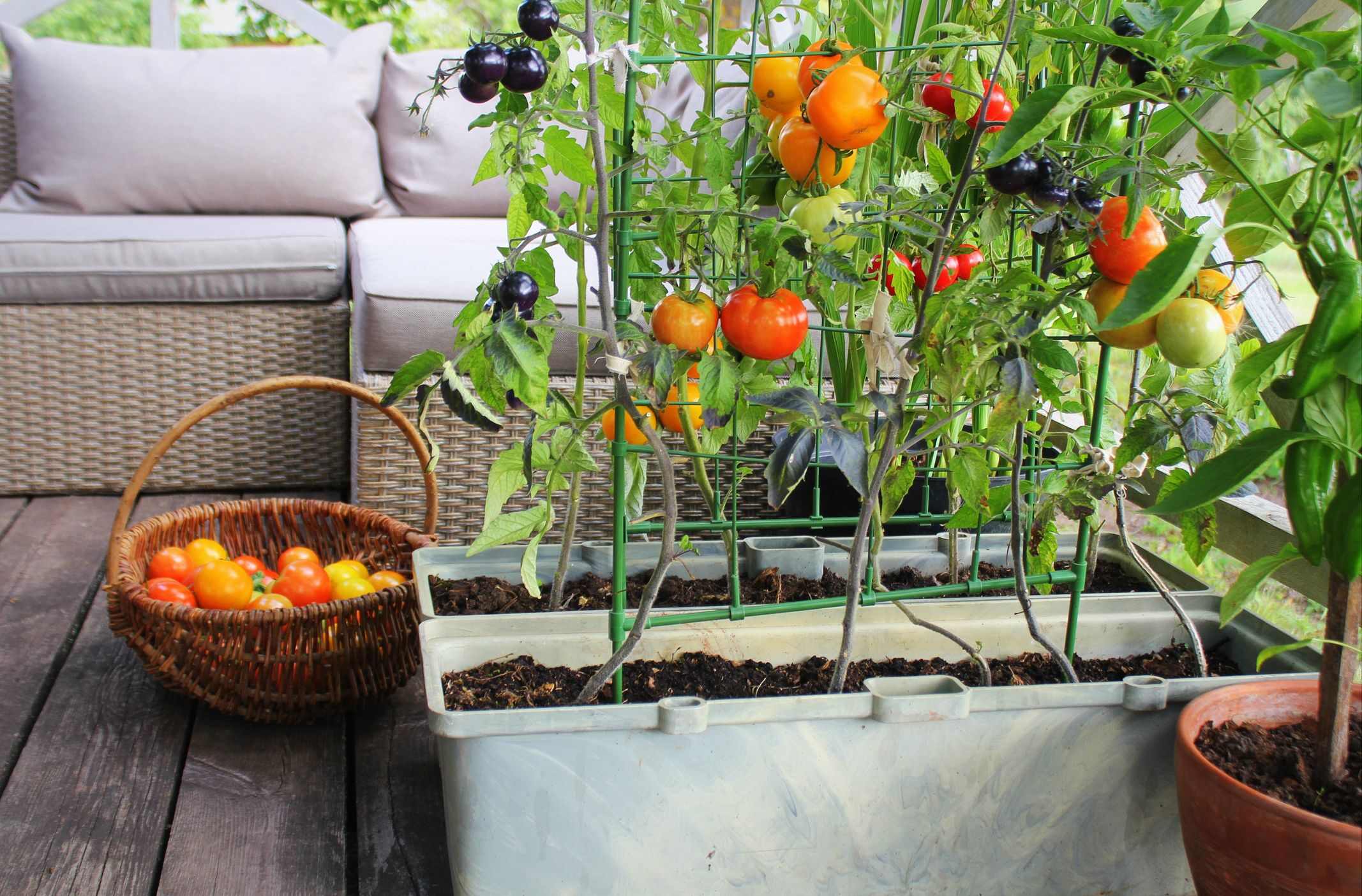
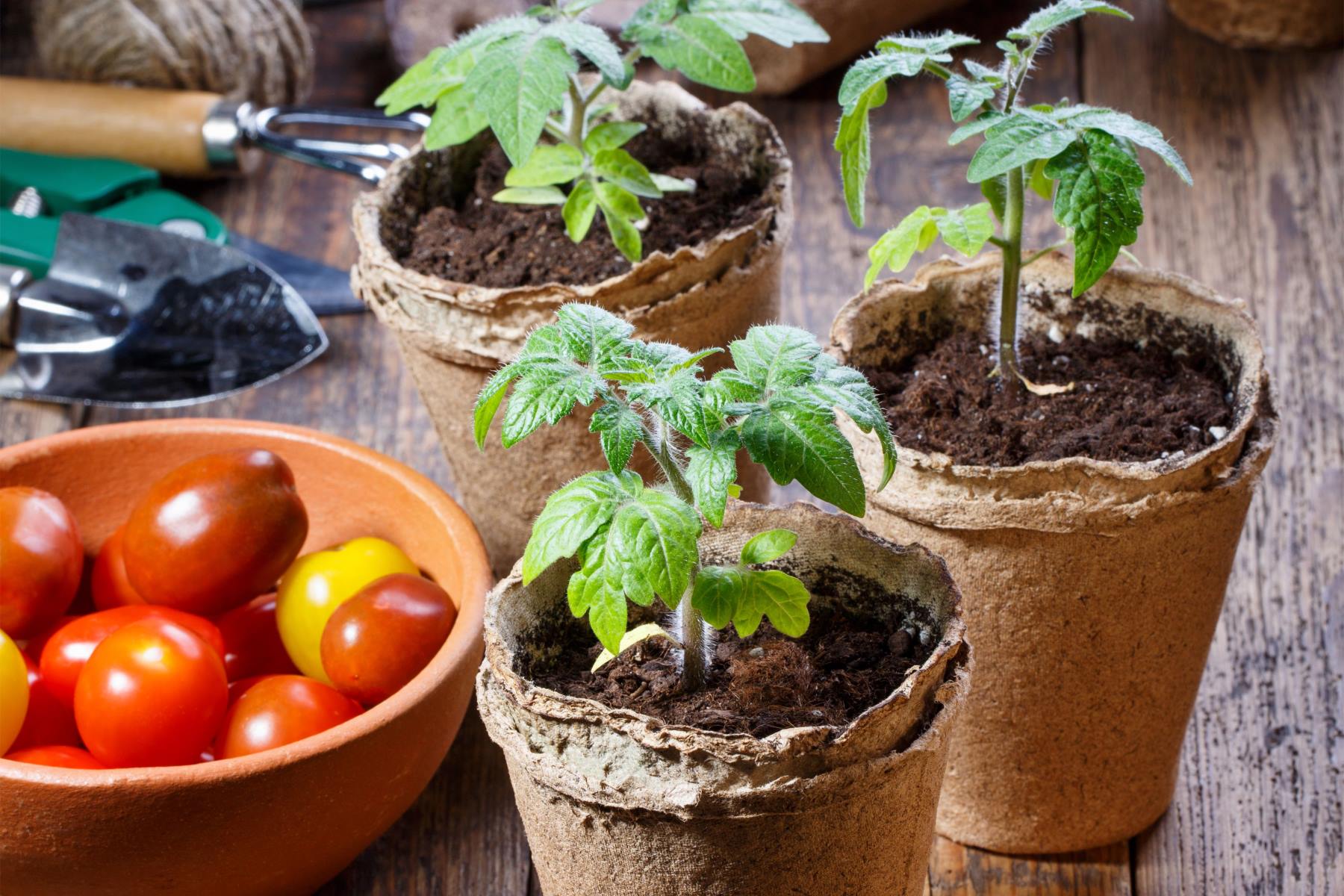
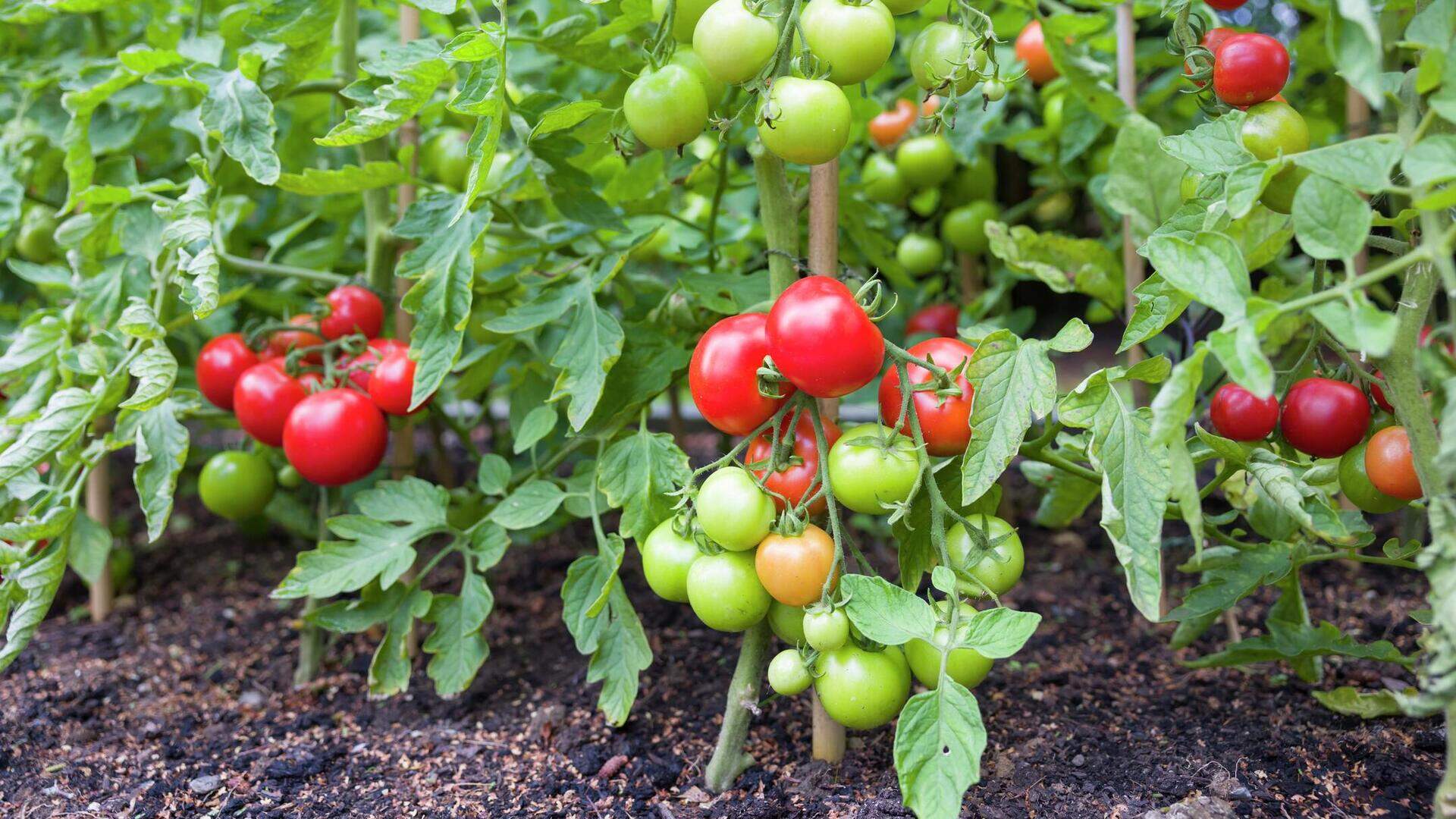
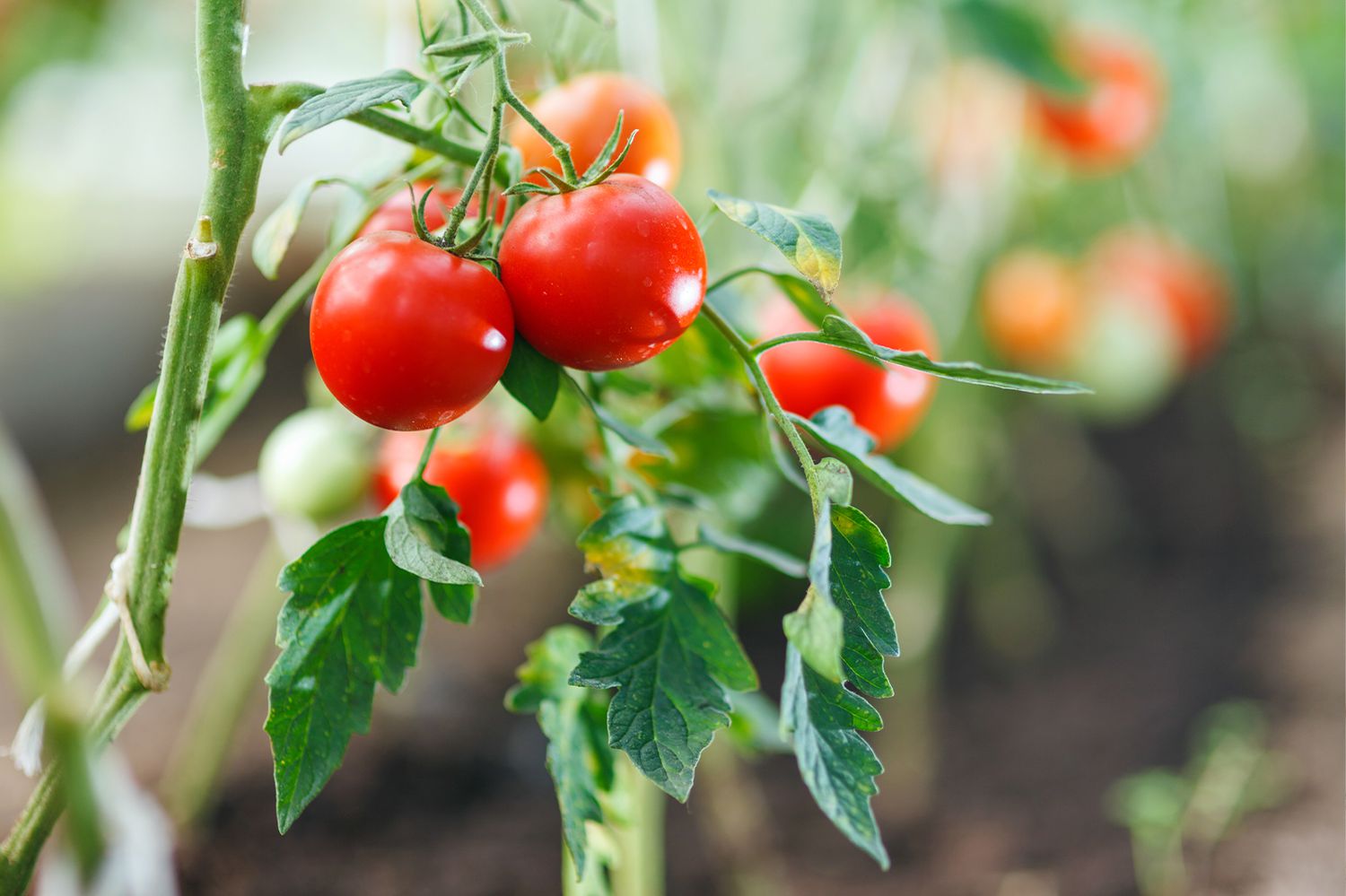
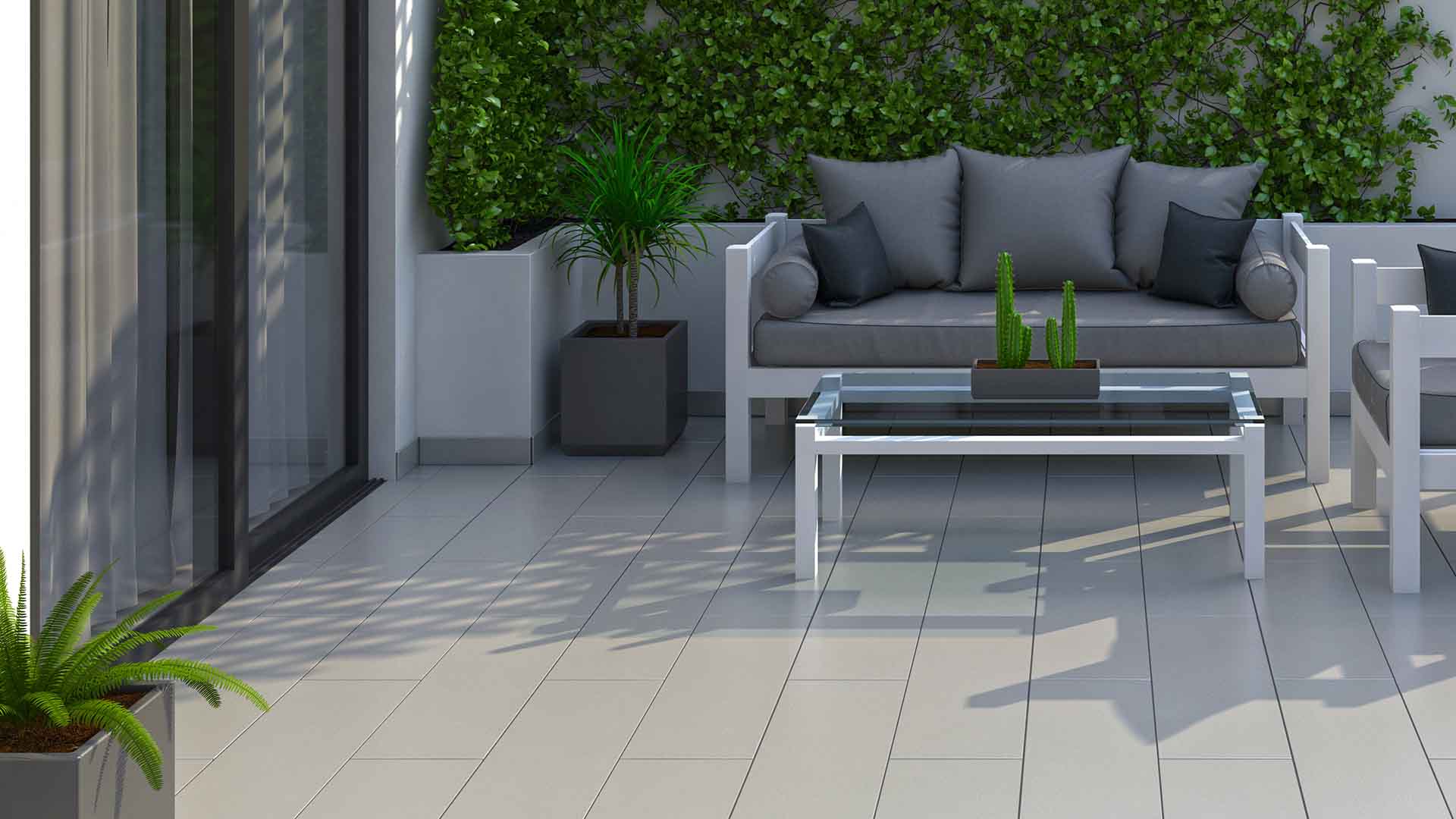




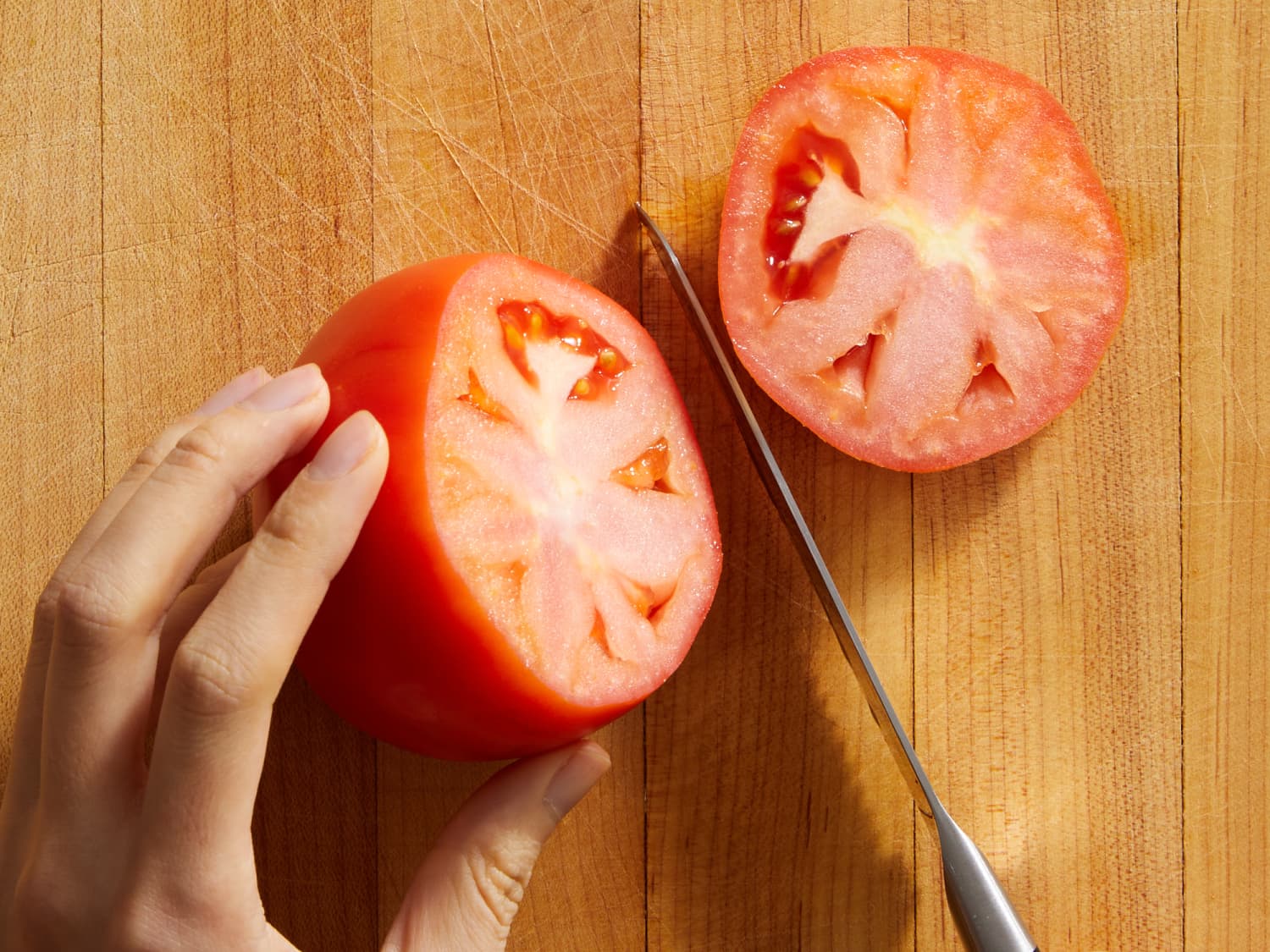
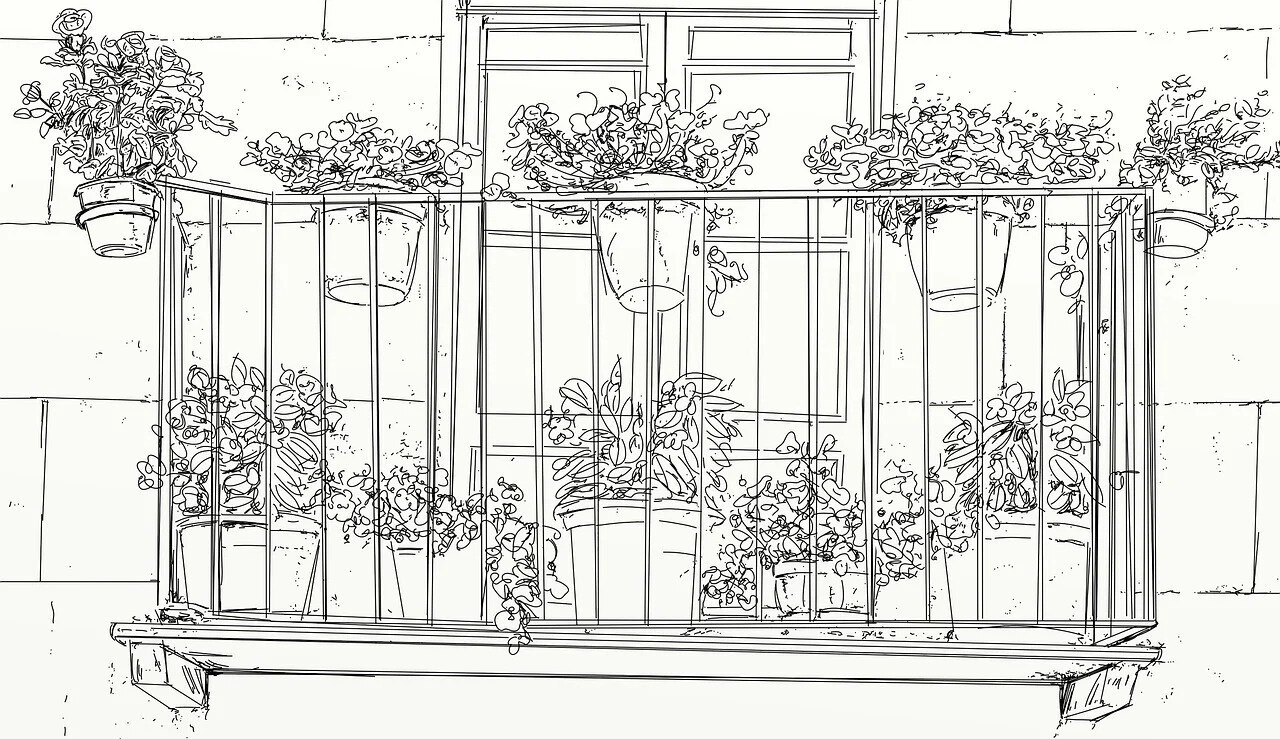


0 thoughts on “How To Grow Tomatoes On Balcony”